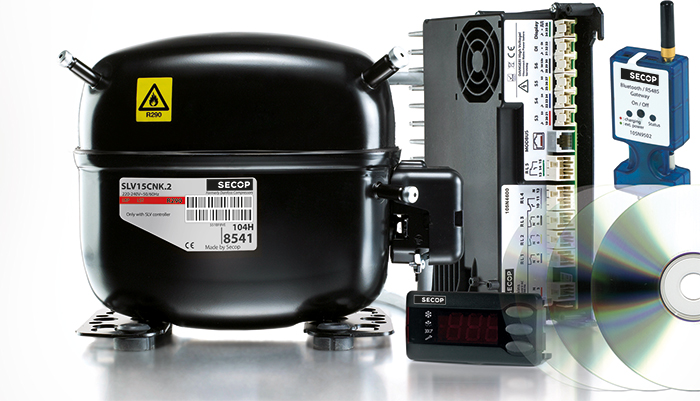Reciprocating compressors, also called a piston compressors
Reciprocating Compressor A is a piece of machinery that is used to take in a medium, typically a gas and often a refrigerant, and compress it to a smaller volume and higher pressure.
Reciprocating compressors, also called a piston compressors, are often one of the most expensive items that can be found at a production facility. They must be durable and able to withstand the significant internal pressures that they create. As a result, reciprocal compressors must be inspected regularly.
A reciprocating compressor can be used in many industrial applications involving the compression of gas. These include compressing air for air-powered instrument systems and tools, compressing hydrogen or oxygen, the compression of hydrocarbons at a refinery or the compression of other various gases for storage or transportation.
The reciprocating compressor also has many everyday uses, such as home and industrial refrigeration or powering hydraulic systems, and can even be found in air conditioners in your home or vehicle. A piston compressor can also be used in the blowing of certain types of plastic bottle.
A reciprocating compressor uses a positive displacement mechanism to compress gas. The gas enters the compressor through a suction manifold and ends up in the compression cylinder. Here, a piston, powered by a crankshaft, moves in a reciprocating motion to compress the gas which is then discharged from the compression cylinder. The crankshaft is typically powered by an external motor whose horsepower determines the power of the entire system.
As stated above, pistol compressors make use of the concept of positive displacement in order to compress the gas. The downward movement of the piston creates a vacuum within the compression cylinder that results in negative air pressure. This negative air pressure is what causes the suction manifold to open and intake gas. When the piston moves back up, the suction manifold is closed and the gas is compressed before the increased positive pressure forces a discharge of the gas.
The compressed gas must be used or stored immediately following the discharge to avoid losing its pressurization. It can be used to power a hydraulic machine or stored in air tanks to be used at a later time.
A reciprocating compressor is a delicate piece of machinery, but can have a significant life span when designed well. Other design challenges include reducing overall energy consumption of the compressor as well as constant pressure regulation within the compressor itself.
Webtip: www.secop.de

